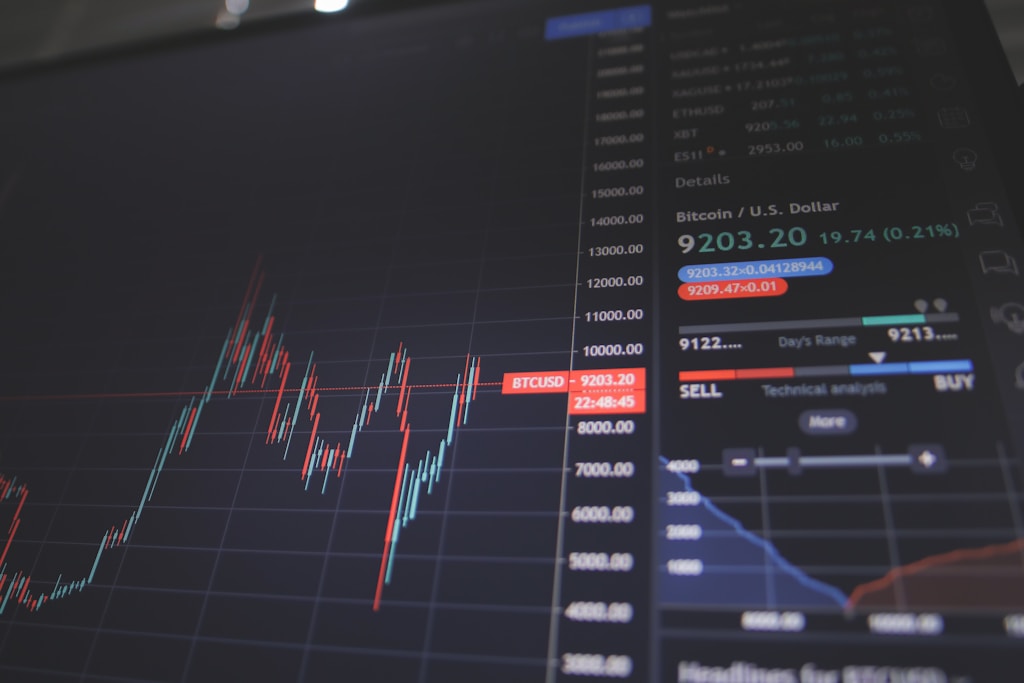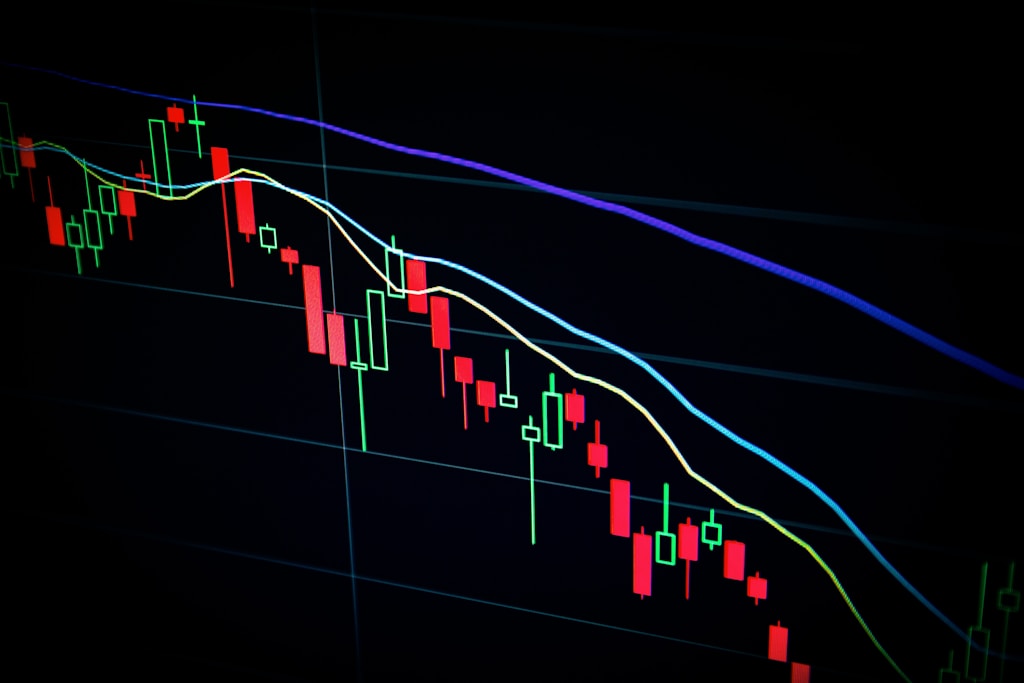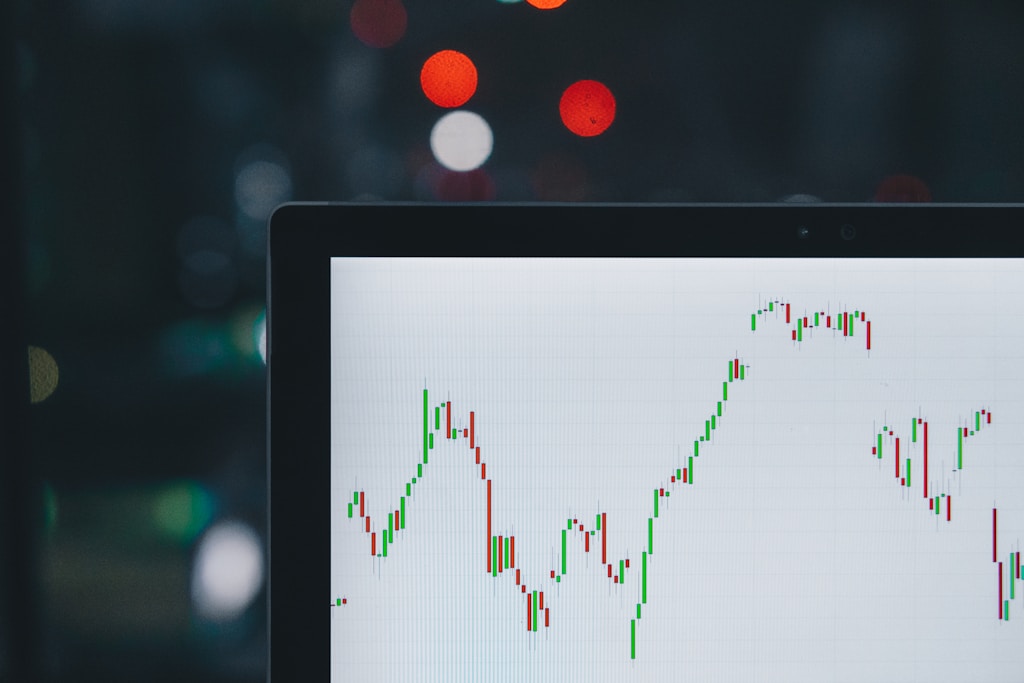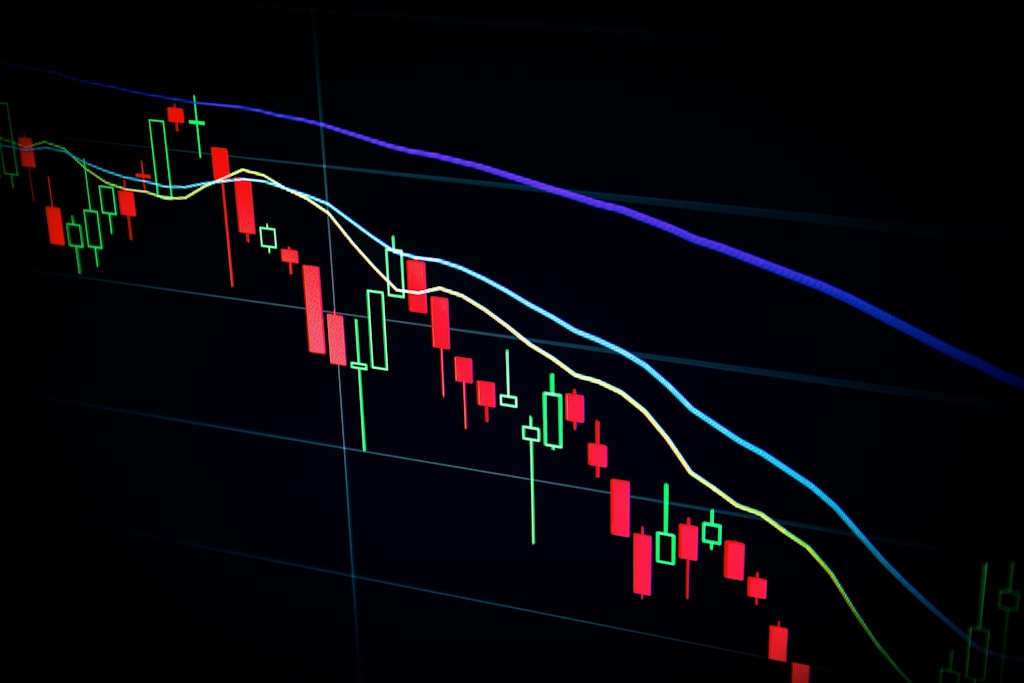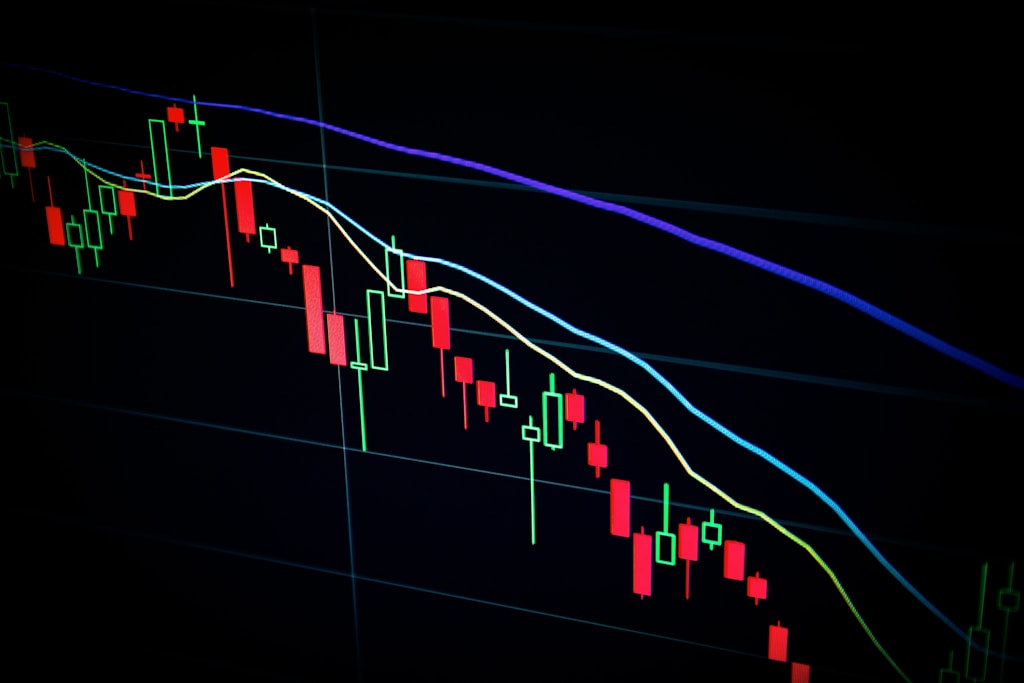Bitcoin (BTC) demonstrated its market dominance today, surging 6.1% to $82,444 after U.S. President Donald Trump announced a strategic 90-day pause on global tariffs, excluding China. This dramatic price action comes as Bitcoin continues to show remarkable resilience amid trade war tensions.
Trump’s Tariff Decision Reshapes Global Markets
In a significant policy shift announced via Truth Social, President Trump revealed a two-pronged approach to global trade tariffs:
- A 125% tariff increase on Chinese imports, effective immediately
- A 90-day pause on tariffs for 75 other nations, with a reduced 10% reciprocal tariff rate
This decision follows recent market uncertainty that saw Bitcoin stagnating around $77,000. The announcement triggered immediate market reactions across both traditional and crypto sectors.
Market Impact Analysis
The cryptocurrency market responded vigorously to the news:
- Bitcoin: +6.1% to $82,444
- Total crypto market cap: +5%
- Major altcoins: 6-12% gains
- $75 million in Bitcoin shorts liquidated
SPONSORED
Trade Bitcoin with up to 100x leverage and maximize your profit potential
Technical Analysis and Price Action
Bitcoin’s price movement shows significant technical developments:
- Recovered from $74,000 support level tested earlier this week
- Broke through key resistance at $80,000
- Currently testing new support at $82,000
Expert Outlook and Market Sentiment
Market analysts suggest this rally could have staying power, particularly given the reduced trade tensions with major U.S. trading partners. However, the increased China tariffs may introduce new variables into the global crypto market dynamics.
FAQ Section
How will Trump’s tariff pause affect Bitcoin long-term?
The 90-day pause provides market stability and could support continued Bitcoin price appreciation, especially if global trade tensions ease further.
What are the key price levels to watch?
Current support lies at $82,000, with resistance at $83,000. The previous support at $74,000 remains crucial for maintaining bullish momentum.
How does this affect crypto trading volumes?
Initial data shows a significant spike in trading volume, with particular interest in BTC/USDT pairs across major exchanges.
